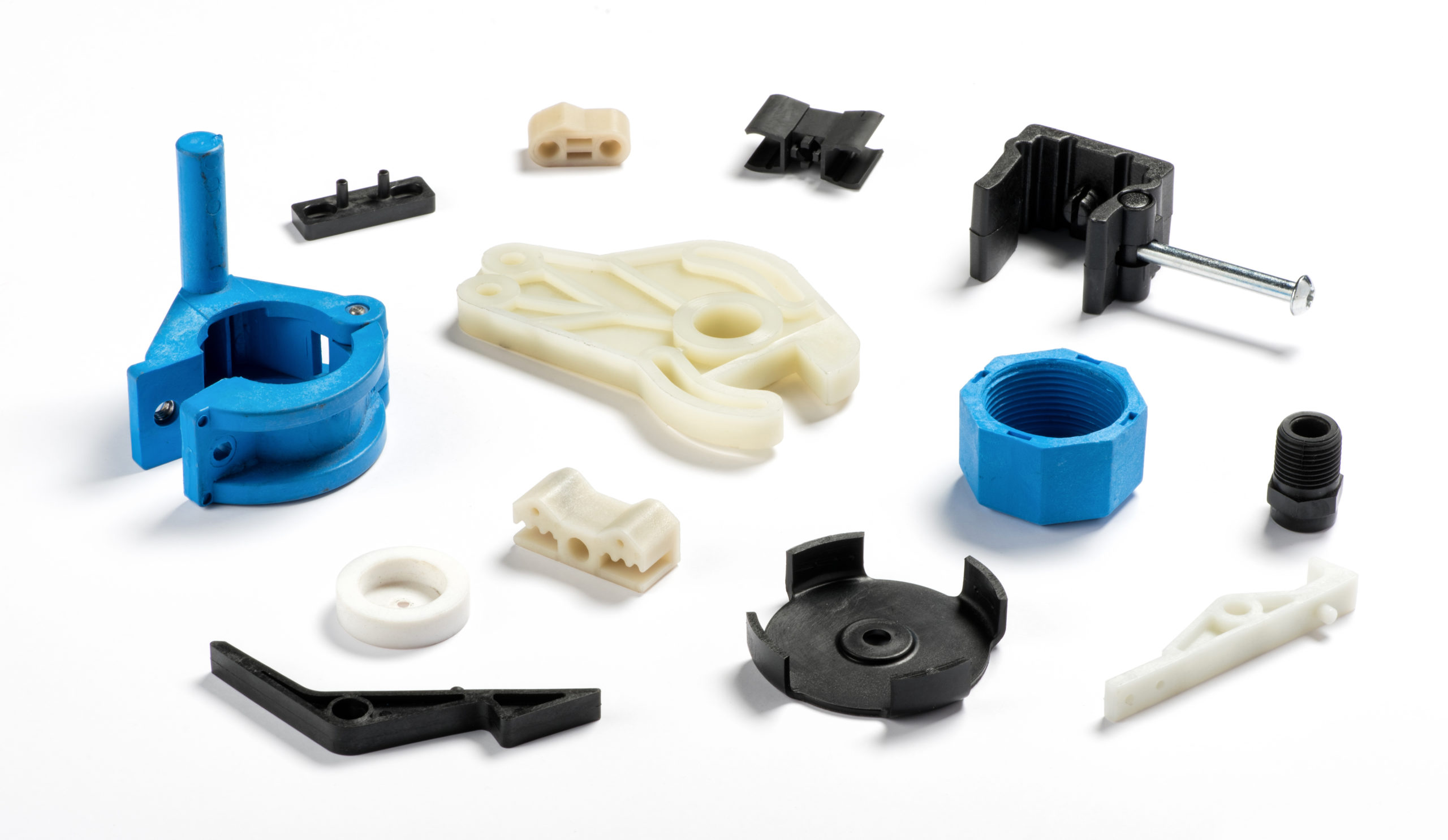The Plastic Injection Molding Basics
The plastic injection molding process
begins with generating the product design, followed by tooling a mold to fit
the product design, melting the plastic resin pellets, and injecting the molten
pellets into the mold using pressure.
Steps
Designing the Product
Designers build
a part using fundamental design rules related to the injection molding method.
Create a Tooling Mold to Fit the Product Design
Highly trained
machinists and toolmakers use the product design to create a tooling mold for
the injection molding machine. A tooling mold, also known as a tool, is the
heart and soul of an injection molding machine. They are meticulously built to
house the negative cavity for the product design as well as extra features
including sprues, runners, gates, vents, ejector systems, cooling channels, and
moving components. Tooling molds are constructed from steel and aluminum grades
that can survive tens of thousands of heating and cooling cycles. Mold
manufacturing can take up to 20 weeks to complete, including fabrication and
approval, making it the most time-consuming phase of injection molding. It is
also the most expensive component of Plastic Injection Process, and once
created, a tooling mold cannot be significantly altered without incurring
additional expenditures.
Melt the plastic resin pellets
After obtaining
the final mold, operators place it into the injection molding machine, which
shuts and begins the injection molding cycle. Plastic pellets are put into both
the hopper and the barrel. The reciprocating screw is dragged back, allowing
materials to pass through the area between the screw and the barrel. The screw
then plunges forward, pushing the material deeper down the barrel and closer to
the heater bands, where it melts into molten plastic. The melting temperature
is maintained at the material requirements so that no deterioration happens in
the barrel or the mold itself.
Using pressure to feed the molten pellets into the mould
The reciprocating screw pushes the molten plastic through the nozzle, which is in a depression in the mold called a mold sprue bushing. The moving platen pressure compresses the mold and nozzle firmly, preventing any plastic from escaping. This Plastic Injection technique pressurizes the melted plastic, allowing it to enter all sections of the mold cavity while displacing cavity air through the mold vents.




Comments
Post a Comment